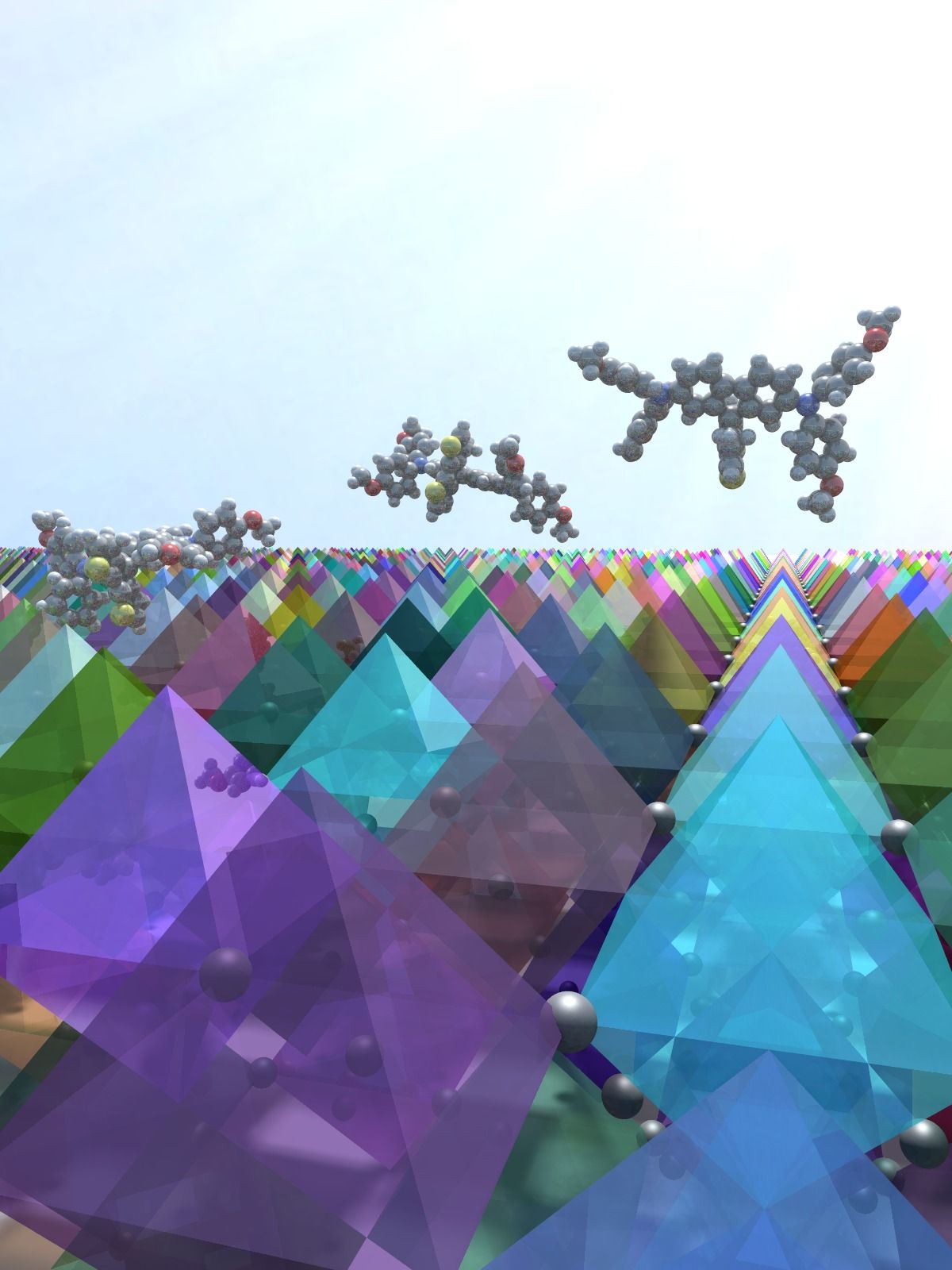Jan 19, 2016
Painless electrical zaps may replace dental anesthesia needles
Posted by Shailesh Prasad in categories: biotech/medical, materials
As much as some people fear getting dental fillings or root canals, what many of them are really afraid of is the needle that delivers the anesthetic into the mouth tissue. Even though the skin in the “jabbing area” is usually pretreated with a topical anesthetic, it can still hurt. Before long, however, a shot of electricity could make that topical treatment deep-acting enough that the needle isn’t even needed.
In a recent study, scientists from the University of Sao Paulo in Brazil combined two commonly-used anesthetic drugs – prilocaine hydrochloride and lidocaine hydrochloride – with a polymer to form a hydrogel. The polymer was included to make it sticky, so that it could be applied to the lining of a pig’s mouth.
Using a process known as iontophoresis, a mild and painless electrical current was then passed through the hydrogel. As a result, there was a 12-fold increase in how well the prilocaine hydrochloride permeated through the tissue. The anesthetic effect was claimed to be not only fast-acting, but also long-lasting.










 Last week at CES, South San Francisco based Profusa showed off an upcoming injectable sensor that can be used to continuously monitor oxygen levels in tissue. Measuring only five millimeters long and a tiny 250 microns in diameter, the biosensor can be injected into tissue with just a hypodermic needle. It consists of a soft hydrogel scaffold that allows it to be biologically compatible with the surrounding tissue without any foreign body response. The sensor also contains a special chemical marker that changes fluorescence depending on the amount of oxygen that reacts with it. An optical reader placed on the skin measures the fluorescence and relays the data to a smartphone. The biosensor can last as long as two years (at which point the chemical marker begins to lose its potency), and because it contains no electronics and is completely biocompatible there’s no need to remove it.
Last week at CES, South San Francisco based Profusa showed off an upcoming injectable sensor that can be used to continuously monitor oxygen levels in tissue. Measuring only five millimeters long and a tiny 250 microns in diameter, the biosensor can be injected into tissue with just a hypodermic needle. It consists of a soft hydrogel scaffold that allows it to be biologically compatible with the surrounding tissue without any foreign body response. The sensor also contains a special chemical marker that changes fluorescence depending on the amount of oxygen that reacts with it. An optical reader placed on the skin measures the fluorescence and relays the data to a smartphone. The biosensor can last as long as two years (at which point the chemical marker begins to lose its potency), and because it contains no electronics and is completely biocompatible there’s no need to remove it.








